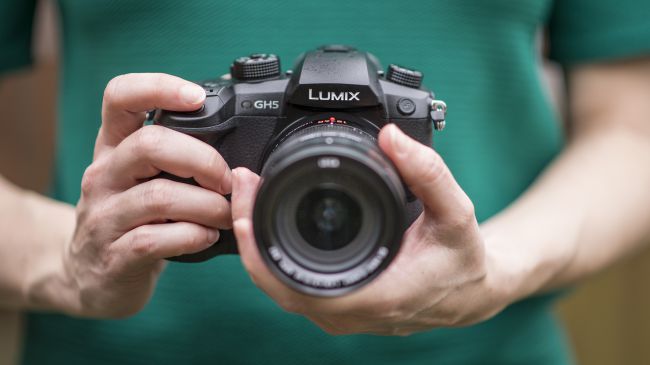Panasonic to 'shift' business away from stills cameras
Panasonic announces a change in business strategy, trimming unprofitable products and prioritizing mirrorless video cameras

President of Panasonic, Akira Toyoshima, has announced a 'shift' in strategy for Panasonic across all departments, moving away from areas where he does not expect to grow Panasonic’s market share. This includes its traditional television department and compact and stills-focused cameras, instead focusing efforts on video-focused hybrid and specialist cameras.
In Toyoshima’s comments to Newsswitch – via Petapixel – he places the blame for the demise of the compact camera on the rise of Chinese and South Korean competition and the ubiquity of camera phones. This news is a long time coming, and will not come as a surprise to anybody who watches the market.
Canon, Nikon, and Sony have all cut back on the development of compact cameras earlier this year due to ever-dwindling sales. Any remaining compacts, such as the Canon G7X Mark III or Sony ZV-1F, focus heavily on vlogging and content creation features for those looking for a bit more quality than a smartphone in a small form factor without breaking the bank.
With this news, Panasonic looks likely to stop the development of their GX/LX range of pocketable compacts, which is a real shame, with the recent Lumix LX100 II and Lumix GX85 being standout cameras. Panasonic however is likely to continue making the GH series of cameras, they have been a significant commercial success and regularly win a lot of plaudits, with the recent Lumix GH6 topping our list of best hybrid cameras. So we would expect to see a renewed push in this area, but the GH series' video capabilities made the star of the show.
There is the question of whether micro-four-thirds will be where Panasonic remains, with Panasonic recently joining almost all manufacturers in 2020 in entering the full-frame market with its Lumix S5 and Lumix S1 range. Panasonic has not released any sales figures that break down how well these new entries are performing, so it is still unclear if they are making an impact. Leica, Sigma, and Panasonic have formed the full-frame L mount alliance, which made quite a big splash, so you would expect the development of full-frame cameras to not abruptly stop any time soon.
Panasonic's full-frame offerings are solid entries, however, the full-frame market is already very crowded, and also not unaffected by the rise of smartphone cameras. Overall sales of cameras of all varieties have been falling for a number of years. This has been exacerbated by the recent COVID-19 pandemic shutdowns and shortage of components. It will be interesting to see if the market recovers to stability, and with enough of a viable market share for all manufacturers.
Toyoshima has claimed Panasonic will now re-focus on five business areas it believes it can achieve one and half times growth in, including 'portable' televisions, video mirrorless cameras, headphones, and intercoms, as well as products that are 'products and services that are completely different from conventional products.
The best camera deals, reviews, product advice, and unmissable photography news, direct to your inbox!
Keep up with all the latest developments on our news feed or find the best Panasonic cameras, the best hybrid cameras, or the best mirrorless cameras.

Gareth is a photographer based in London, working as a freelance photographer and videographer for the past several years, having the privilege to shoot for some household names. With work focusing on fashion, portrait and lifestyle content creation, he has developed a range of skills covering everything from editorial shoots to social media videos. Outside of work, he has a personal passion for travel and nature photography, with a devotion to sustainability and environmental causes.
